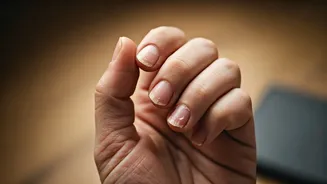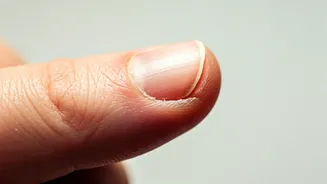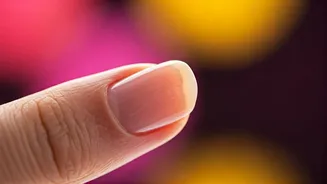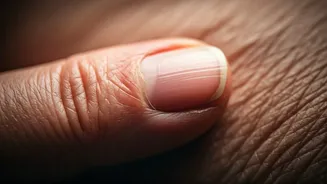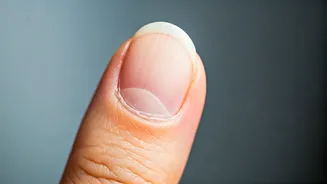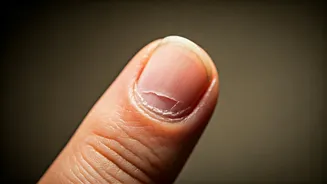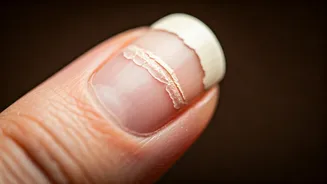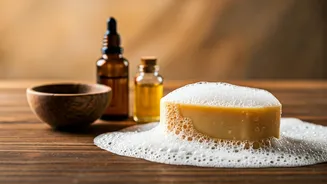Nail Peeling Uncovered
Nail peeling, a common issue, often indicates underlying health problems or external factors affecting nail health. Understanding the causes is essential
for effective treatment. Common culprits include fungal infections, which can lead to yellowing, thickening, and peeling of the nails. These infections thrive in warm, moist environments and can spread easily. Nutritional deficiencies, especially a lack of biotin, iron, and other essential vitamins and minerals, also weaken nails, leading to peeling and brittleness. External factors such as frequent hand washing, exposure to harsh chemicals in cleaning products, and the use of nail polish removers can also contribute to nail damage and peeling. Furthermore, certain medical conditions like psoriasis and thyroid issues can manifest in nail changes, including peeling, pitting, and discoloration. A comprehensive approach, considering both internal health and external care, is key to addressing nail peeling effectively. A doctor may diagnose the problem, but one can try to resolve it with some natural remedies.
Medical Causes Explained
Several medical conditions can manifest in the condition of your nails. Fungal infections, often characterized by yellowing, thickening, and peeling nails, are a major concern. These infections, commonly known as onychomycosis, can be difficult to treat and require specific antifungal treatments. Psoriasis, a chronic autoimmune disease, can cause nail changes, including pitting, ridging, and detachment of the nail plate from the nail bed. Thyroid disorders, both hypothyroidism (underactive thyroid) and hyperthyroidism (overactive thyroid), can affect nail health, leading to brittleness, thinning, and slow growth. Iron deficiency anemia can also impact nails, causing them to become brittle, concave (spoon-shaped), or peeling. Finally, certain skin conditions, such as eczema and lichen planus, can affect nail health, leading to various changes in appearance and structure. Consulting a doctor helps determine the exact cause of nail peeling to receive proper medical treatment.
Home Remedies & Care
Numerous natural remedies can support nail health and help address peeling. Maintaining proper nail hygiene is critical: keep nails clean and dry, trimming them regularly to prevent breakage. Moisturizing nails and cuticles with natural oils like coconut oil, olive oil, or vitamin E oil can keep them hydrated and less prone to peeling. Dietary changes also play a vital role. Increasing the intake of biotin-rich foods, such as eggs, nuts, and seeds, can help strengthen nails. Additionally, ensure a balanced diet rich in vitamins and minerals like iron, zinc, and vitamin C to promote overall nail health. Avoiding harsh chemicals and detergents when cleaning can protect nails from damage. Protecting hands with gloves when doing chores or using cleaning products can reduce exposure to irritants. These preventive measures and simple remedies are important. One should be consistent with these steps.
Prevention Strategies Unveiled
Preventing nail peeling requires a proactive approach. Proper nail care forms the foundation: avoid biting or picking at nails, which can lead to damage and infections. Regular trimming helps prevent breakage and reduces the risk of peeling. Using protective gloves when cleaning or doing household chores can minimize exposure to harsh chemicals. Maintaining a balanced diet rich in essential nutrients is also vital. Ensure you consume enough biotin, iron, zinc, and other vitamins and minerals that promote nail health. Staying hydrated by drinking plenty of water keeps the nails hydrated from the inside, reducing the chances of peeling and brittleness. Regular check-ups with a doctor, especially if you have underlying medical conditions, can help identify and address issues early. Prompt treatment of nail infections is crucial, as they can worsen if left unaddressed. A combination of good habits and preventive strategies helps in keeping nails healthy.
